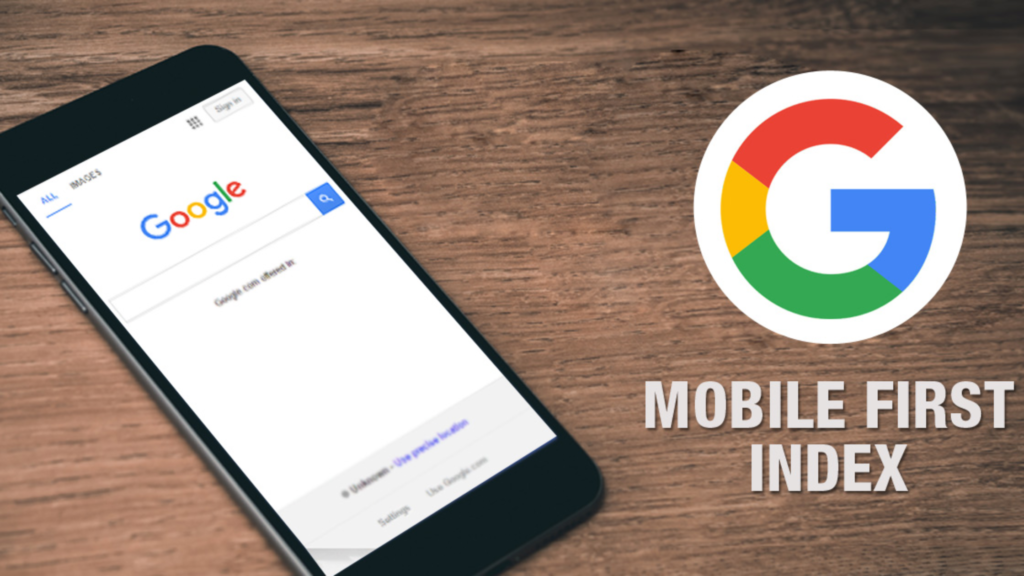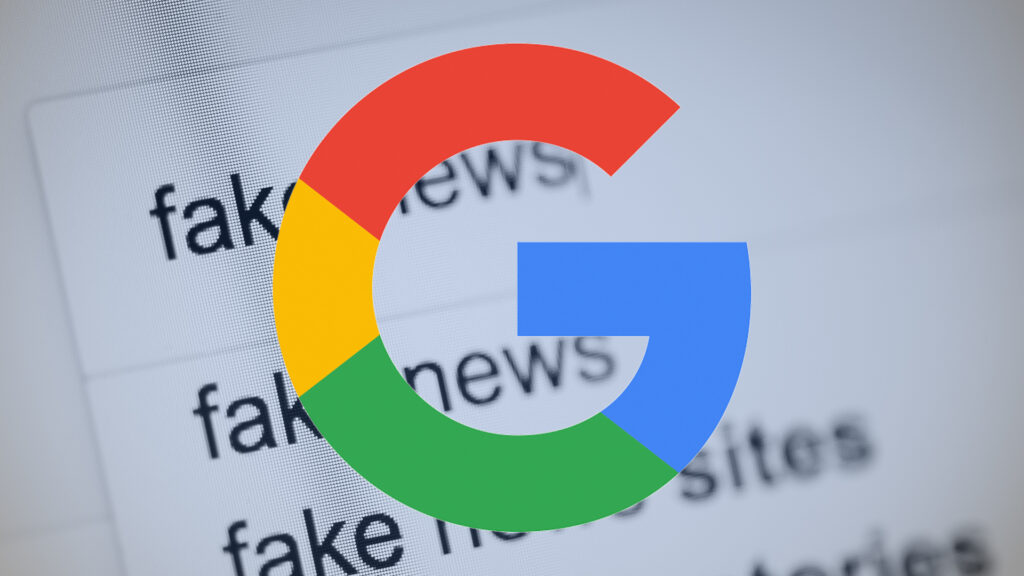Get ready for a mobile-first future! Google has officially begun rolling out its mobile-first indexing algorithm to a wider range of websites. This marks a significant shift in how Google evaluates and ranks websites, prioritizing mobile-friendliness now more than ever.
The idea of mobile-first indexing has been on the horizon since 2016, with Google initially testing it on a limited number of sites. However, this recent announcement signals a major step forward in Google’s commitment to mirroring user trends and making the internet more mobile-centric.Google has been trying to launch MBI since 2017/2018, going back and forth and talking about it all the time but the SERPs show different results.
For many business owners, this development raises questions and concerns. What does this mean for their website? Do they need to take any action?
Here’s a breakdown of the basics:
What is mobile-first indexing?
Google’s mobile-first indexing initiative signifies a significant shift in the way websites are ranked and indexed. As the number of mobile searches surpasses desktop searches, this move ensures users primarily encounter content optimized for their smartphones.
What do kids, teenagers and young adults use 90% of the time for searching, and using the Internet in general? Desktops, or mobiles?
From what I can see – it’s mobile phones. Whether we like it, or not.
Looking at my websites, mobile wins 60 to 40, but it’s a niche, informative, with long text and pictures, not as conveniently used from a mobile (yes, it is responsive, but I prefer reading/using it from a desktop). I suppose that other sites see a lot more visits from mobile phones.
In simpler terms, Google now prioritizes the mobile version of your website when determining its position in search results. This aims to provide a seamless experience for the majority of users who access the internet through their mobile devices.
Crucially, Google emphasizes that it will maintain a single search index, not separate ones for mobile and desktop. However, the indexing process will begin with mobile versions, giving them greater weight in ranking algorithms.
Websites lacking a mobile-friendly version will still be crawled and indexed as usual. All content will reside within the same index, but Google will prioritize mobile versions whenever available.
To ensure that your website is ready for mobile-first indexing, Allow to “Googlebot Smartphone” and compare the crawl of your website on mobile vs desktop. You should also audit for content differences between mobile and desktop, ensure that your internal linking structure is the same on mobile devices, review your content’s readability on mobile devices, and analyze high performing competitor’s mobile experience.
Google says that they are aware of a small number of sites which do not work on mobile devices at all, and will be crawling those with legacy Googlebot for the time being. However, it seems that the majority of sites should be fully switched over to mobile-first indexing.
This shift highlights the critical importance of mobile optimization for businesses and website owners. By ensuring your website offers a user-friendly experience on mobile devices, you can secure your position in Google’s new mobile-first world.
Rankings will not be affected
I have a website that works perfectly on the desktop and gets lots of job leads.
When redesigning for mobile it’s as though you are limited with what you can do. The site is not as engaging as it doesn’t look as good. Plus, the information is compacted.
The big problem is that my Web visitors have dropped massively in the last few years since Google went mobile first.
While the term “mobile-first indexing” might raise concerns about ranking changes, Google assures site owners that it’s primarily about information gathering, not rank manipulation. Websites undergoing this process won’t automatically gain an advantage over those yet to be migrated.
Despite the “mobile-first” label, the index remains inclusive. Sites lacking a mobile version can still be indexed using the desktop version. However, this lack of mobile-friendliness could negatively impact search ranking, while a site with a superior mobile experience might see a ranking boost, even for desktop searches.
Let’s imagine your website is not mobile friendly, it will not be displayed correctly, so Google will not prioritize it in SERP. Also visitors will not see content properly so bounce rate will be high. All those things will influence that your website is on the low positions in SERP so it will not have much traffic.
Since 2015, mobile-friendly content has generally been prioritized in mobile search results. In essence, “mobile-first” signifies that the mobile version will be considered the primary representation of your website. If your mobile and desktop versions are equivalent – optimized for mobile or built with responsive design – this change shouldn’t significantly impact your search performance.
Notifications for webmasters
If your site has been transitioned to mobile-first indexing, Google will notify you through Google Search Console. A message stating “mobile-first indexing is enabled” for your site will be displayed. This signals the start of changes you can expect:
- Increased Crawl Rates: Anticipate a significant rise in crawl activity from the Googlebot smartphone crawler. This indicates Google is actively gathering and evaluating your mobile content.
- Mobile-First Search Results: Get ready to see the mobile version of your pages displayed in search results and Google’s cached pages. This reinforces the importance of ensuring your mobile content is optimized for search engines and user experience.
These changes highlight the importance of being prepared for the mobile-first future of search.
What should I do?
Google’s mobile-first indexing is still in its early stages, being rolled out gradually to websites deemed “ready” to minimize potential disruptions. This initiative signifies a shift in search, not a SEO revolution, so let’s take a deep breath and prepare calmly.
The SERP layout can be a big cause of the difference between the two. Mobile SERPs have a lot more noise in them. Things like news carousels and other SERP enhancements are often counted by rank tracking services.
In some instances they are counted by google when reporting avg position via GSC. So check the SERP when you see differences in rankings, a lot of times it is just you being displaced by different results showing up in the SERP.
Desktop rank of 3 can turn into mobile rank of 7 with no difference to your organic position vs your competition.
Here are some steps recommended by Moz to ensure your website is mobile-first ready:
Content:
- Ensure your mobile site offers the same valuable content as your desktop version.
- Verify that mobile content formats are crawlable and indexable, including proper alt-text for images.
Structured Data:
- Implement the same structured data markup on both mobile and desktop versions.
- Mobile URLs within structured data should point to their corresponding mobile versions.
- Avoid unnecessary structured data not relevant to the page content.
Metadata:
- Ensure titles and meta descriptions are identical on both versions of all pages.
Hreflang:
- If you use rel=hreflang for internationalization, mobile URLs should point to their respective mobile versions for international variants, and similarly for desktop URLs.
Social Metadata:
- Include OpenGraph tags, Twitter cards, and other social metadata on both mobile and desktop versions.
XML and Media Sitemaps:
- Ensure your Sitemap links are accessible from the mobile site.
- This also applies to robots directives (robots.txt and on-page meta-robots tags) and potentially even trust signals like links to your privacy policy page.
Search Console Verification:
- If you only have your desktop site verified, add and verify the mobile version in Google Search Console.
App Indexing:
- If you utilize app indexing for your desktop site, ensure the mobile version is verified in relation to app association files.
Here are the things you need to do to prepare your website for mobile-first indexing:
- Make sure that Google can access and render your mobile page content and resources.
- Use the same robots meta tags on the mobile and desktop site.
- Make sure that Google can see lazy-loaded content.
- Make sure that your mobile and desktop sites have the same structured data.
- Allow the “Googlebot Smartphone” crawler to crawl your website and compare the crawling of your website on mobile vs desktop.
- Audit for content differences between mobile and desktop.
- Ensure that your internal linking structure is the same on mobile devices.
- Review your content’s readability on mobile devices.
- Analyze high performing competitor’s mobile experience.
3 common questions about mobile first indexing
1. When does Google use the desktop site for ranking?
Google primarily uses the mobile version of your website for ranking. However, if no mobile version exists, Google defaults to the desktop version. But be warned: there’s no guarantee they’ll crawl or index the desktop version once the mobile version is detected. This underscores the importance of a stellar mobile experience.
Therefore, having no mobile site is arguably better than having a poorly optimized one. If you plan on building a mobile site, ensure it’s fully optimized and ready for launch before making it live.
2. What happens if I don’t have a mobile site?
Even without a mobile version, Google can still index your desktop content. While your ranking might not be as strong over time, this isn’t Google penalizing you. Instead, it’s their way of rewarding sites that prioritize mobile optimization.
3. Does mobile-first indexing create a separate mobile index?
No, mobile-first indexing utilizes a single index. This initiative doesn’t create a new “mobile-first” index or a separate “mobile index” alongside the existing “desktop index.” It simply changes how content is added to the already established index. This means Google prioritizes the mobile version of your website for indexing and ranking, but all content resides within a single, unified index.
Final Thoughts
The important thing to remember is that “ranking” is almost worthless as a metric these days, even what is provided to you by Google directly. Due to a variety of factors such as personalization, localization, and more, at best you’re dealing with an average. Add to the fact that desktop and mobile have slightly different signals (almost, most pages are judged as mobile-first these days) and there’s a better chance that the ranking metrics would be different than the same.
The good news, it’s a fairly trivial problem.
Worry more about what happens to the organic traffic that arrives at your web pages and what they do after that than the position on a keyword where they found you.



